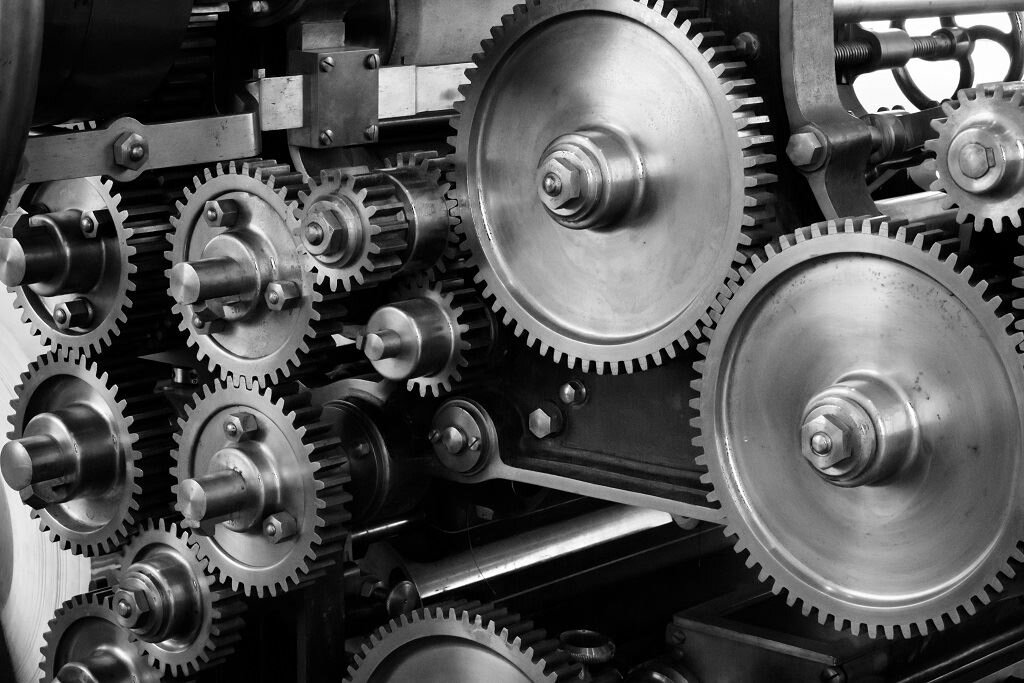![[Image: Pixabay]](https://fabbaloo.com/wp-content/uploads/2020/05/Pixabay1a_img_5eb08eb7ce545.jpg) [Image: Pixabay]
[Image: Pixabay]
What exactly is an “industrial” 3D printer?
This question was posed recently to the LinkedIn community by 3D printing industry expert Andrew Allshorn in response to having been asked the question himself.
It resonated with me. As an industry marketer, I have considered and blogged about this very question, and I have been asked to position certain printers as “industrial.” My thoughts about the topic have evolved over time, along with the industry.
Asking The Right Questions
Andrew’s post evoked great insight about the topic from members of the industry across geography and functional disciplines, which served to solidify in my mind that there is no universal definition of an industrial 3D printer. Bear with me; I promise, I’m not taking the easy way out.
Some people assert that the applications for which the 3D printer is used determine whether or not it is an industrial 3D printer.
I was originally one of those people, proposing that an industrial 3D printer is used to successfully print production and end-use parts — that is, until I considered the the following questions: What applications are those specifically? Do those applications only include production and end-use parts? What kind of production and end-use parts; is a particular part characteristic, such as high accuracy, required for every production or end-use application? What about 3D printers used to produce prototypes of industrial parts, do they constitute industrial 3D printers? And, what if a 3D printer is used to produce packaging for a consumer product, for example; is that an industrial 3D printer? Who gets to specify the definition? So many questions.
3D Printers As Tools
Another problem arises with the theory that applications determine whether or not a 3D printer is industrial.
Just about every commercially-available 3D printer today can be, and to some extent is, used in certain industrial applications among the many industrial applications that exist. That wasn’t the case a few years ago, before the trend toward using 3D printers in production. If nearly every 3D printer can be used for some sort of industrial application, are industrial 3D printers even a distinct category at this point?
Some people commented in the post that industrial 3D printers are bigger than others (how big?), more expensive (how much?), more reliable and repeatable thanks to higher-quality components and achieve consistent and accurate results. Consider though that some small-size 3D printers, costing just a few thousand dollars, are used successfully in industrial settings to produce tooling, fixtures and jigs. And, as Andrew pointed out, sometimes 3D printers costing hundreds of thousands of dollars fail or produce substandard parts.
Perceptions And Labels
There is a wide range of opinions.
More questions swirl in my brain. Are industrial 3D printers the same as commercial 3D printers? What are we comparing industrial 3D printers to: hobby and office 3D printers? What defines those printers? My head is spinning.
Several years ago, an employee of what was then classified as a manufacturer of hobby-class printers told me that, given the trend toward using 3D printers in production, they adapted their marketing to convey that their printers were industrial, even though the systems themselves had not changed. This strategy worked and was also used by manufacturers of similar printers.
Vince Anewenter hit the proverbial nail on the head when, commenting on Andrew’s post, he said that what determines an industrial 3D printer is a matter of individual perception and therefore cannot be defined by the industry. And, more importantly, labeling a 3D printer as such simply doesn’t matter.
What matters in the end is helping users understand the best 3D printer to meet their needs.
[Editor’s note: for more discussion on this topic, see Kerry’s thoughts on what it takes for a 3D printer to be considered “production”]

